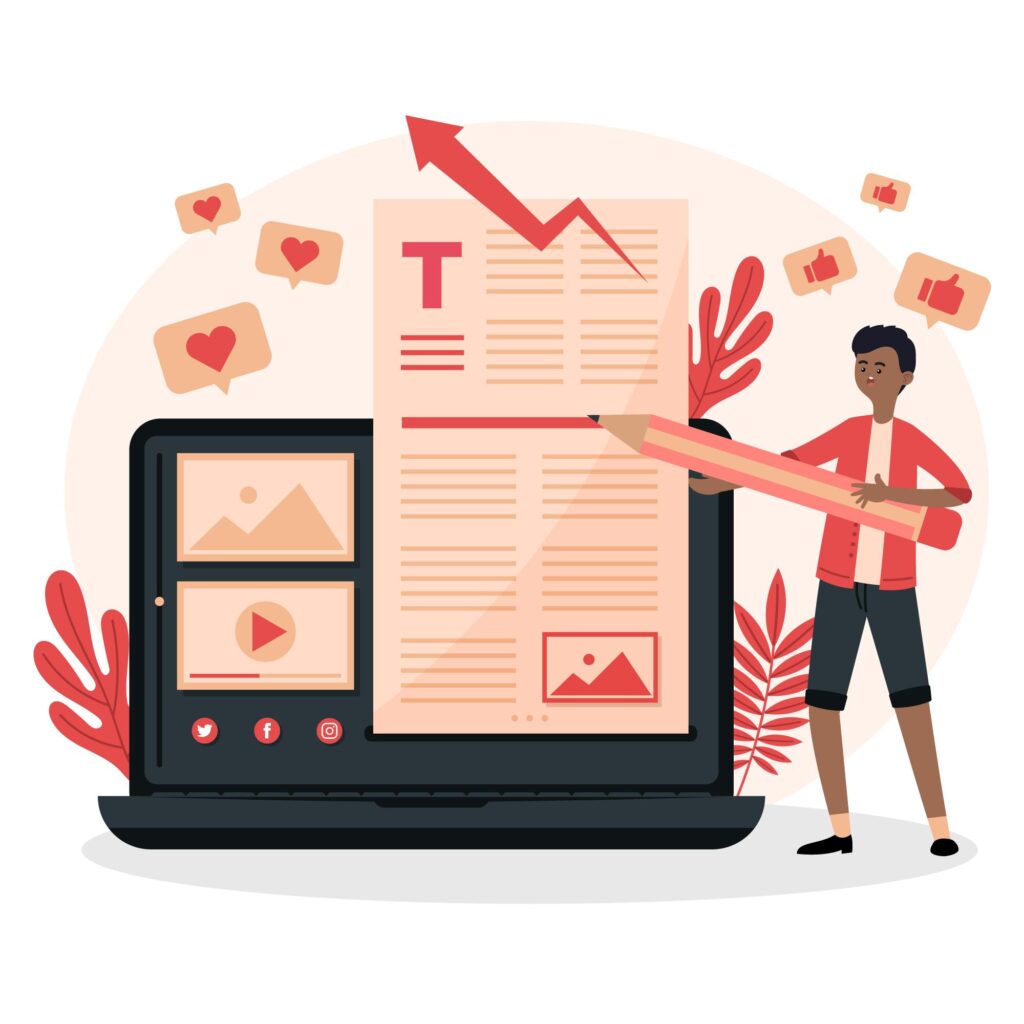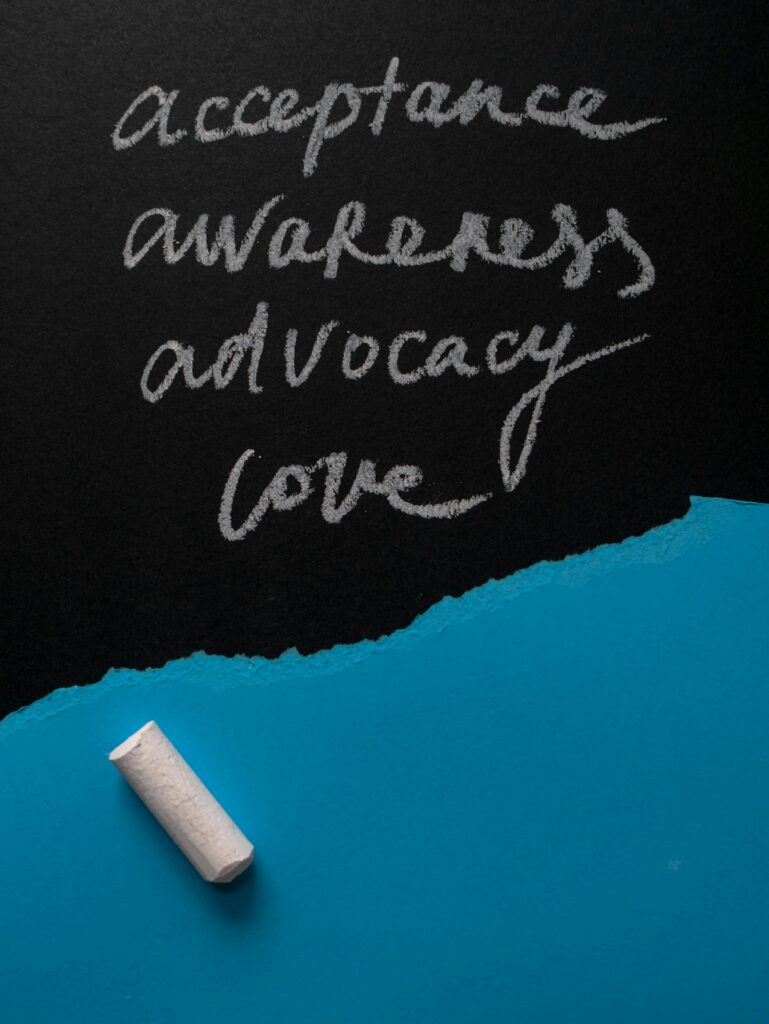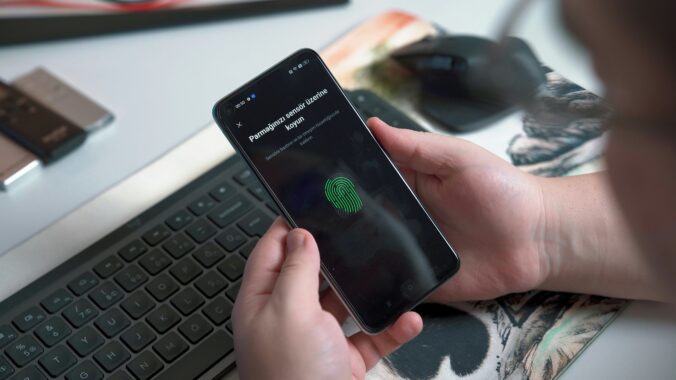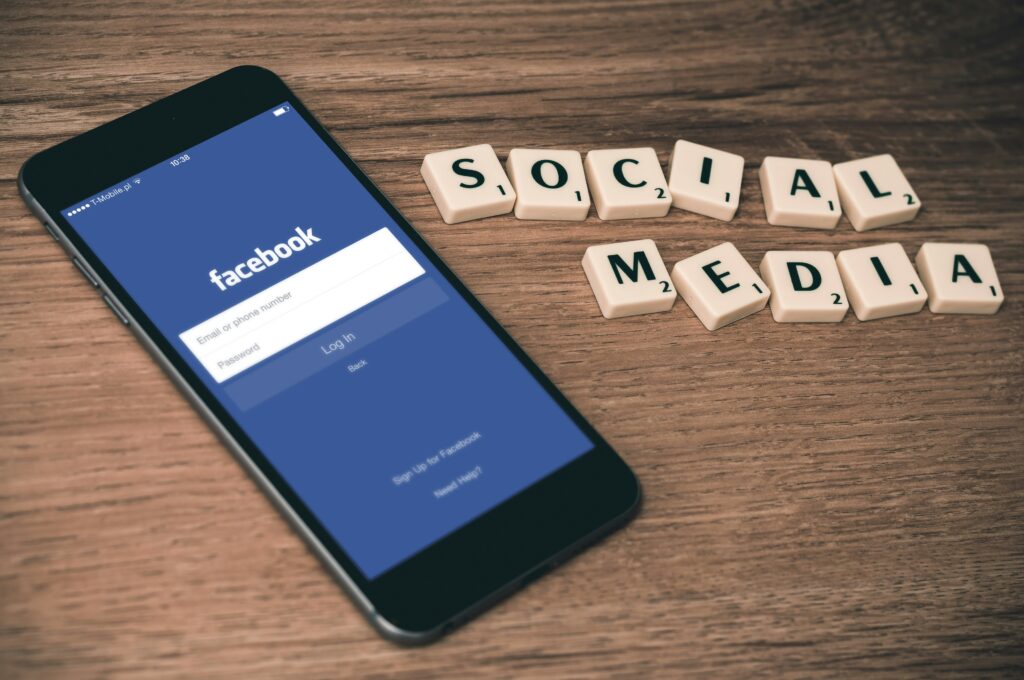
Introduction
Hello, my name is Kathryn Gullackson. I am in my third year of Bachelor of Education – Elementary Curriculum at UVIC. I am taking this course alongside my degree to work towards my TQS category 5 for a salary increase. I really want to explore technology tools used in the classroom and online to help students learn. This week helped me understand what it truly means to learn and teach in an open and connected way. The course website, blogs, and shared reflections all demonstrate how learning can occur in an online space.
Learning About Open Education
Reading the articles by Graham and Roberts (2019) and Irvine et al. (2022) made me realize how much thought goes into creating open learning environments. The Open Hub Model illustrates how a central hub, like a course blog, can connect students’ individual blogs and help them build confidence before engaging with wider online networks. The Multi-Section Open Course Design article explained how this type of openness also allows instructors to share resources, collaborate, and ensure course content can be accessed after the course semester.
Key Takeaways
Open learning isn’t just about using technology. For me, it’s about building a community and creating a safe space where people feel comfortable sharing what they know. In open spaces like a class blog, students can express their ideas, document their learning, and share their work with others.
Looking Ahead
In the future, I want to continue exploring what openness means for me as a learner and future educator. I want to include blogs, open resources, and shared digital spaces to make learning more creative and inclusive in my classroom. My practicum teacher uses an online website that is from her district to post updates, communicate with parents on a weeklybasis, and send reminders. But as a teacher, I think it’s important to understand and be cautious about what you post, given the wise audience and the potential for students to see your online content. I think it’s important to be careful about what you post and to adjust privacy settings. I am glad we are diving deeper into security next week.






